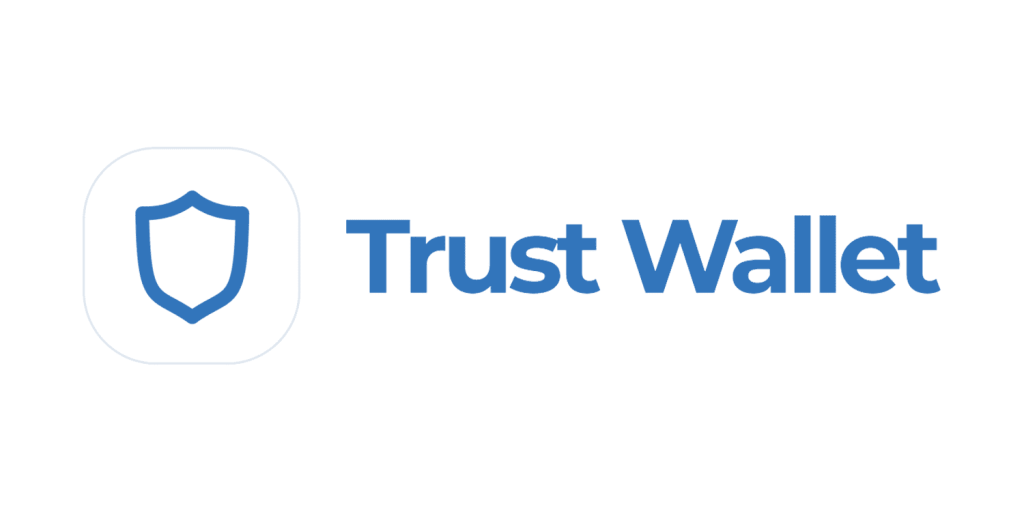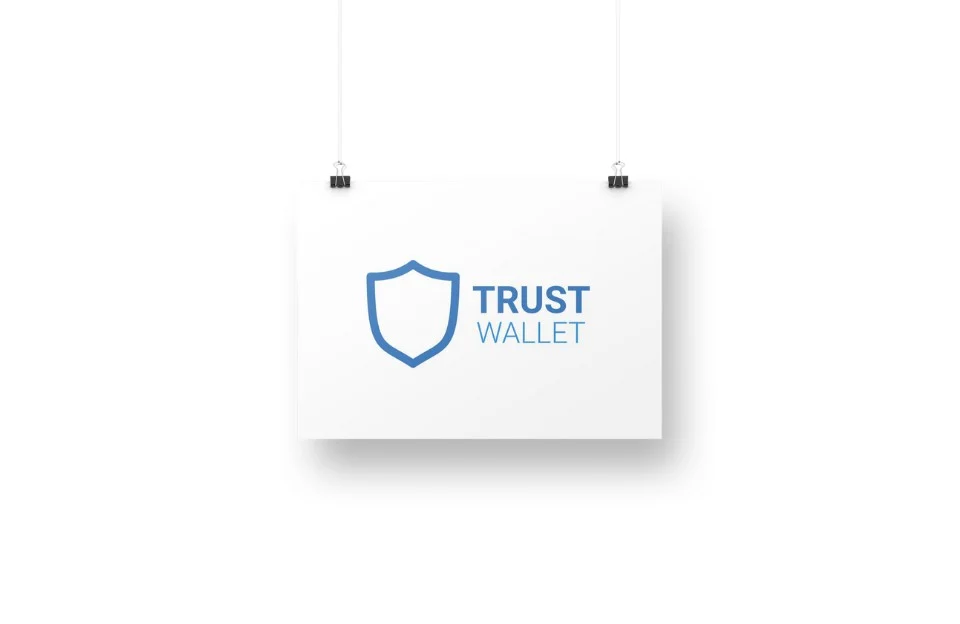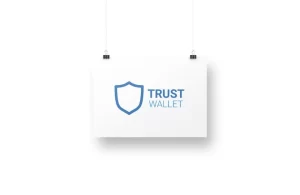Is Trust Wallet safe?
Yes, Trust Wallet is considered safe because it is a non-custodial wallet where users control their private keys. It uses strong encryption, secure local storage, and a recovery phrase system to protect assets. However, users must safeguard their recovery phrase and device to ensure full security.

Trust Wallet Security Architecture Overview
How Trust Wallet Stores Private Keys Securely
-
Local Storage on Device: Trust Wallet stores all private keys locally on the user’s device rather than on centralized servers. This ensures that only the user has access to their assets, reducing risks related to external breaches.
-
Non-Custodial Design: As a non-custodial wallet, Trust Wallet never has access to or manages users’ private keys. Ownership and control of funds remain entirely with the user, reinforcing personal asset security.
-
Secure Key Generation: When a wallet is created, Trust Wallet generates private keys and the associated recovery phrase directly on the device. This process is conducted offline, minimizing exposure to external threats or leaks.
Role of Encryption in Protecting User Data
-
End-to-End Encryption: Trust Wallet employs strong end-to-end encryption protocols to protect sensitive data within the application. All wallet information, including private keys, remains encrypted and inaccessible without the user’s authentication.
-
Biometric and PIN Protection: Users can enable biometric authentication (like fingerprint or face ID) and app-specific PIN codes. These layers of encryption prevent unauthorized access even if the device is compromised.
-
Encrypted Backup Options: Although Trust Wallet encourages offline recovery phrase storage, any internal references to sensitive data within the app remain encrypted. This ensures that even if someone accesses the device’s files, they cannot retrieve wallet data without proper credentials.
Importance of the Recovery Phrase in Trust Wallet
How the Recovery Phrase Safeguards Your Wallet
-
Acts as a Backup Key: The recovery phrase is a 12-word code that represents the private keys of your wallet. It allows you to recover access to your funds if your device is lost, stolen, or reset.
-
Provides Full Wallet Restoration: By entering the recovery phrase into Trust Wallet or any compatible wallet, users can restore their entire crypto portfolio. This ensures continuity and access to digital assets under any circumstance.
-
Maintains Ownership Without Intermediaries: The recovery phrase empowers users to manage their assets independently, without relying on third-party services. It reinforces the decentralized principle of blockchain by placing full control into the user’s hands.
Best Practices for Storing Your Recovery Phrase
-
Write It Down and Store Offline: Always write down the recovery phrase on paper and keep it in a safe, secure location. Avoid storing it digitally on devices, cloud storage, or email to prevent hacking risks.
-
Create Multiple Secure Copies: Maintain two or three physical copies stored separately in different secure locations, such as safes or safety deposit boxes. This protects against disasters like fire, theft, or accidental loss.
-
Never Share or Disclose: Treat the recovery phrase as the most sensitive information. Never share it with anyone, including Trust Wallet support, friends, or family, and beware of phishing attempts asking for your recovery phrase.

How Trust Wallet Prevents Unauthorized Access
Biometric Authentication and Security Settings
-
Enabling Biometric Login: Trust Wallet allows users to activate fingerprint or facial recognition for accessing the app. This adds an extra security layer beyond standard PIN codes, making unauthorized access significantly harder.
-
Two-Layer Access Control: Users can combine biometric authentication with a manually set PIN or password. This double protection ensures that even if one security measure is bypassed, another layer remains active.
-
Customizable Security Preferences: Within Trust Wallet settings, users can fine-tune their security levels, such as auto-lock timers and disabling wallet access after a specific period of inactivity, increasing overall protection against unauthorized use.
App Lock Features and Their Advantages
-
PIN Code Requirement: Trust Wallet’s app lock feature requires users to enter a PIN code whenever they open the app. This prevents immediate access to wallet contents if a phone is lost or stolen.
-
Timed Auto-Lock Options: Users can set Trust Wallet to automatically lock after a few minutes of inactivity. This minimizes the risk of someone gaining access to an unlocked wallet if the device is left unattended.
-
Enhanced Confidence and Convenience: Having an app lock feature means users can confidently carry their wallets on mobile devices without fear. Quick locking mechanisms ensure that both usability and high security are balanced efficiently.

Risks Associated with Using Trust Wallet
Common Threats Targeting Crypto Wallets
-
Phishing Scams: Attackers often impersonate trusted platforms or customer support to trick users into revealing their recovery phrases or private keys. Once obtained, hackers can steal all assets from the wallet instantly.
-
Malware and Keyloggers: Malicious software installed on a device can record keystrokes or monitor clipboard activities, capturing sensitive information like private keys or recovery phrases without the user’s knowledge.
-
Fake Wallet Apps: Cybercriminals create fake versions of Trust Wallet that look identical to the real app. Downloading wallets only from official sources like Google Play or the App Store is essential to avoid such threats.
How User Behavior Impacts Wallet Security
-
Improper Storage of Recovery Phrases: Saving recovery phrases on cloud storage, email, or unsecured digital platforms increases the risk of them being hacked or exposed to malicious actors.
-
Ignoring App Updates: Failing to regularly update Trust Wallet and the device’s operating system can leave vulnerabilities open, making it easier for hackers to exploit outdated software.
-
Careless Online Behavior: Clicking on suspicious links, visiting unverified DApps, or connecting the wallet to unsafe platforms can expose users to scams, phishing attempts, and malicious contracts, severely jeopardizing their assets.

How to Recognize Phishing and Scams in Trust Wallet Usage
Signs of Phishing Attempts Targeting Wallet Users
-
Requests for Recovery Phrases: Legitimate platforms, including Trust Wallet, will never ask for your recovery phrase. Any message, email, or website requesting your recovery phrase is a clear phishing attempt.
-
Impersonated Customer Support: Scammers often pose as Trust Wallet support agents through fake social media accounts, emails, or even fraudulent websites, offering “help” but aiming to steal sensitive information.
-
Fake Giveaways and Promotions: Be cautious of messages or advertisements promising free crypto rewards if you connect your wallet or provide private keys. Genuine crypto giveaways rarely require wallet access or private details.
Steps to Take if You Suspect a Scam
-
Stop All Communications Immediately: If you sense suspicious activity or requests for sensitive information, immediately cease communication with the sender and avoid clicking any provided links.
-
Report to Official Channels: Report phishing attempts or scam contacts directly through Trust Wallet’s official support page or community forums. Sharing details helps protect others in the community.
-
Secure Your Wallet: If you think your recovery phrase or wallet information has been compromised, immediately transfer your funds to a new Trust Wallet. Set up the new wallet securely and update all security settings to protect your assets.




